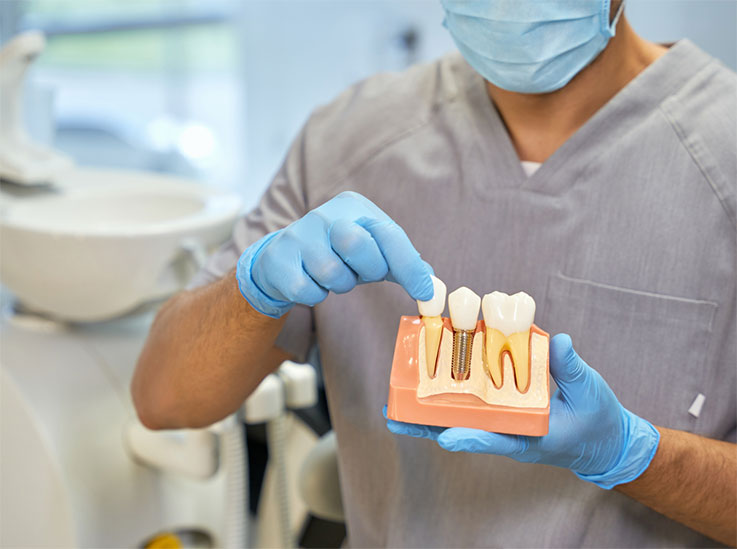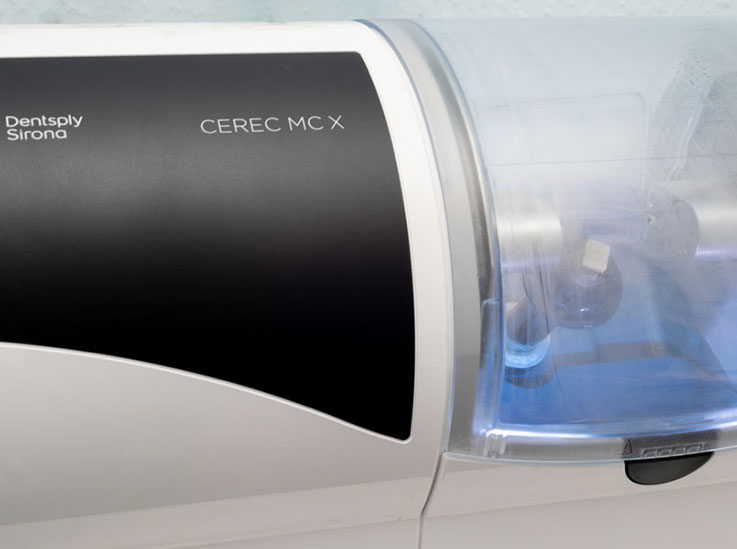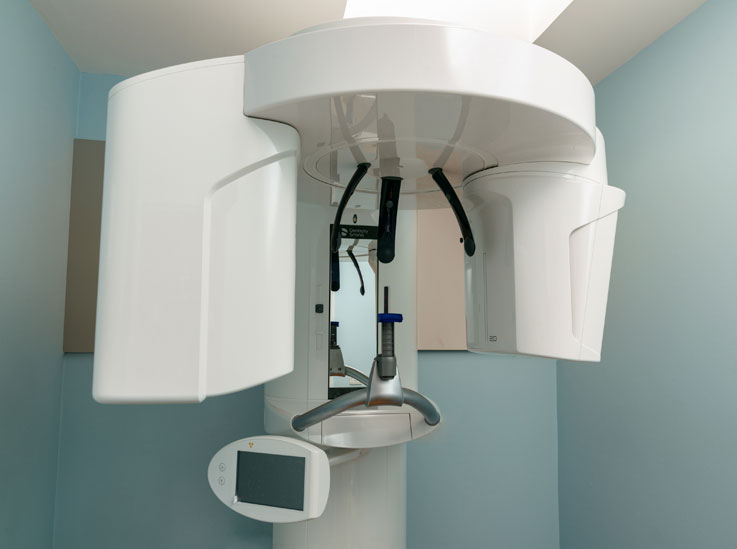Root Canal Treatment is necessary when a tooth becomes infected. The pulp tissue deteriorates and this in turn can form an abscess. Intervention by your dentist depends on the symptoms that you are experiencing.
Root canal treatment is carried out under local anaesthetic and is pretty simple, rather like getting a filling. Once the tooth is completely numb, the dentist uses a series of tiny instruments to open up the tooth and remove any infection. A temporary filling is usually placed on top and a permanent restoration is completed at a separate appointment.
The aim of root canal treatment is to remove the infected pulp and shape the root canals of the tooth to allow thorough cleaning and filling. This usually prevents more pain and allows the tooth to be kept. Treatment will be usually over 2 visits although every situation is different. If 2 or more visits are necessary then a temporary filling shall be placed.
Once the tooth is satisfactorily cleaned and pain free, the root canal filling can be placed. X-rays are taken before and after root treatment to guide the dentist in the shape of the canals and to check the root filling.









